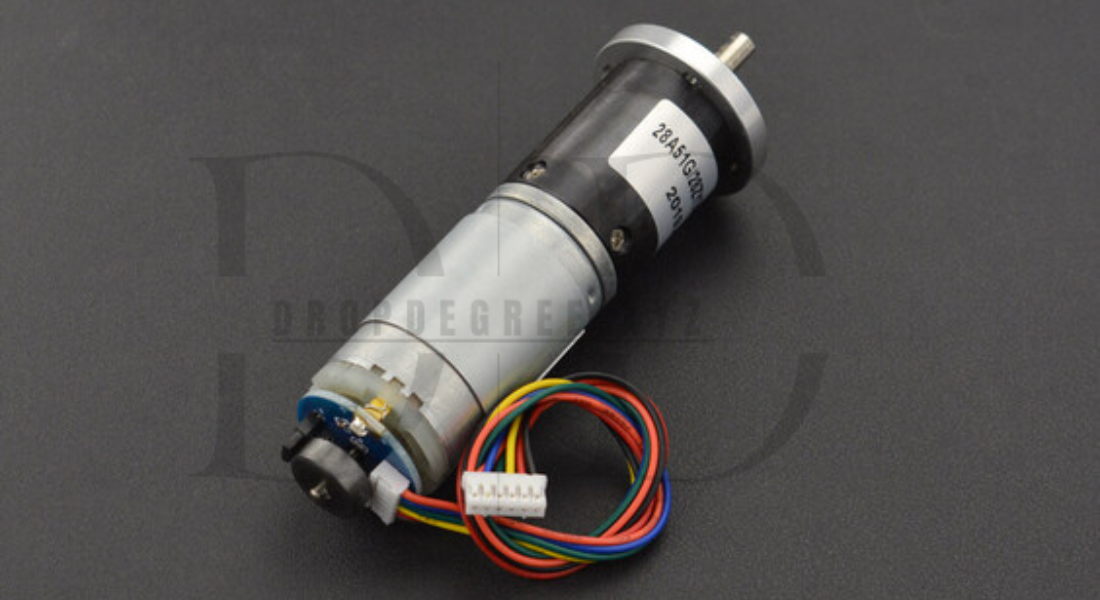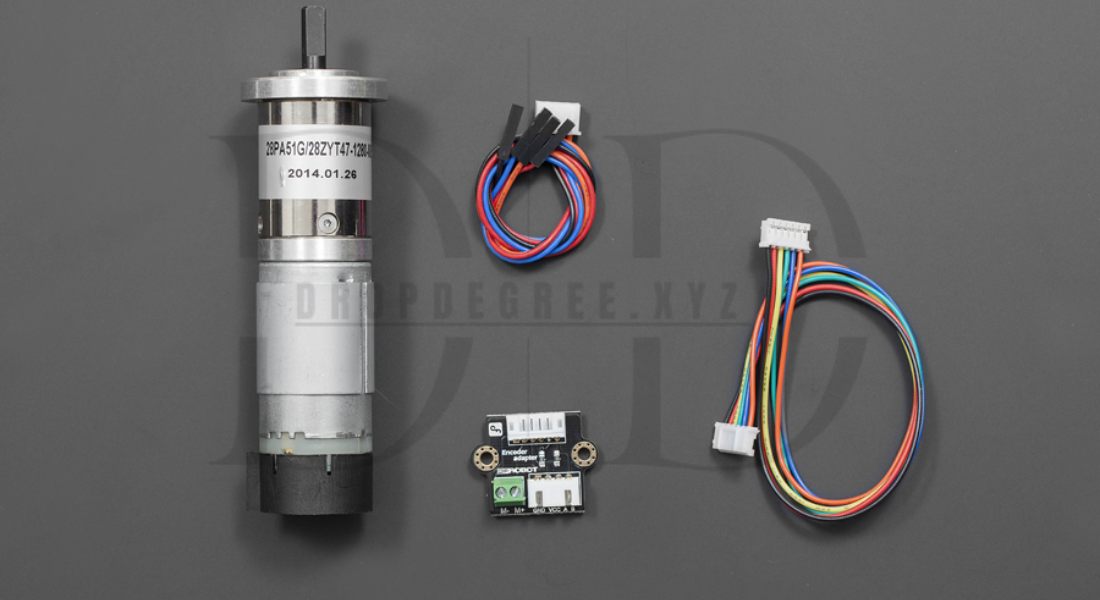Low Noise Motors: A Paradigm Shift in Modern Engineering
Low noise motors are not just a technical innovation; they represent a shift towards a more sustainable and user-focused future. The growing emphasis on reducing noise pollution, improving energy efficiency, and creating eco-friendly solutions has made these motors an integral part of modern engineering. By incorporating advanced technologies and sustainable practices, low noise motors have found applications across various industries, reshaping how machines function in our daily lives.
The importance of noise control cannot be overstated, especially in urban environments where noise levels significantly impact quality of life. Low noise motors address this challenge by offering a quieter, more comfortable solution, whether in personal devices or large-scale industrial operations. Beyond the immediate benefits, these motors contribute to global sustainability goals by promoting energy efficiency and reducing environmental impact.
Why Industries Prefer Low Noise Motors
Industries across the globe are increasingly adopting low noise motors for their unparalleled advantages. For example, in the automotive sector, these motors play a crucial role in enhancing vehicle performance. Electric vehicles (EVs), often heralded as the future of transportation, rely heavily on quiet motors to meet consumer expectations of comfort and efficiency. A noiseless motor in an EV not only provides a smooth driving experience but also helps reduce overall urban noise pollution.
Similarly, manufacturing plants benefit from the integration of low noise motors in their machinery. The quiet operation of industrial equipment ensures a safer and more productive working environment. Workers are less likely to experience fatigue or hearing issues when exposed to quieter machinery, ultimately boosting overall efficiency and workplace morale.
In residential and commercial spaces, the popularity of low noise motors in HVAC systems and home appliances continues to rise. Consumers prefer appliances that operate silently without disturbing their surroundings. This demand has spurred innovation in the home appliance industry, with manufacturers competing to produce quieter and more efficient products.
The Role of Technology in Low Noise Motors
The success of low noise motors lies in their advanced technological foundation. Key innovations that drive these motors include:
- Precision Engineering: High-precision components are essential in reducing operational noise. Every part, from bearings to rotors, is designed to minimize friction and vibration, which are primary contributors to noise.
- Vibration Dampening: Advanced dampening techniques, such as isolation mounts and optimized structural designs, ensure that vibrations are absorbed effectively, preventing them from amplifying noise.
- Smart Control Systems: Modern low noise motors often incorporate intelligent control systems, allowing them to adapt to varying loads and operational conditions. This adaptability not only reduces noise but also enhances energy efficiency.
- Noise-Absorbing Materials: Innovative materials, such as polymer composites and advanced alloys, are used to dampen sound waves and enhance the motor’s durability.
These technologies collectively enable low noise motors to deliver superior performance without the drawbacks of traditional motor systems.
Expanding Applications in Emerging Fields
The versatility of low noise motors has led to their adoption in emerging fields beyond conventional applications. For instance, robotics is a sector that benefits immensely from these motors. Robots equipped with low noise motors can operate discreetly, making them suitable for healthcare, hospitality, and retail environments. In hospitals, for example, service robots with silent motors can deliver medications or assist patients without causing disruptions.
Another emerging application is in the renewable energy sector. Wind turbines and solar tracking systems are increasingly using low noise motors to improve efficiency while minimizing the environmental footprint. The quiet operation of these systems ensures they blend harmoniously with their surroundings, especially in residential or rural areas where noise concerns are heightened.
Additionally, the entertainment industry has embraced low noise motors in audio and visual equipment. From camera stabilizers to sound systems, these motors ensure that equipment operates seamlessly without generating background noise that could interfere with recordings or performances.
The Economic and Environmental Impact
The adoption of low noise motors is not only beneficial for end-users but also has significant economic and environmental implications. By reducing energy consumption, these motors help businesses and households save on utility bills, translating into substantial long-term cost savings. Industries that switch to low noise motors in their machinery can also expect lower maintenance costs due to the enhanced durability and reduced wear and tear of these motors.
On the environmental front, low noise motors contribute to global efforts to reduce carbon footprints. Their energy-efficient operation results in lower greenhouse gas emissions, aligning with international sustainability goals. Furthermore, their role in noise pollution reduction has indirect environmental benefits, as quieter environments contribute to better health and well-being for both humans and wildlife.

Tips for Maintaining Low Noise Motors
To ensure optimal performance and longevity of low noise motors, regular maintenance is essential. Here are some tips:
- Lubrication: Keep the motor’s moving parts well-lubricated to reduce friction and wear. Use manufacturer-recommended lubricants for best results.
- Inspection: Periodically check for loose components or wear that could lead to increased noise or reduced efficiency.
- Clean Environment: Ensure the motor operates in a clean, dust-free environment to prevent debris from interfering with its components.
- Load Management: Avoid overloading the motor, as this can strain its components and lead to noise generation.
- Professional Servicing: Schedule routine servicing with professionals to address any potential issues and ensure the motor remains in peak condition.
Looking Ahead: Innovations in Low Noise Motor Technology
The future of low noise motors is bright, with ongoing research and development promising even greater advancements. One area of focus is the integration of AI and IoT technologies. Smart motors capable of real-time monitoring and self-adjustments are expected to become mainstream, offering unprecedented efficiency and noise control.
Another promising development is the use of sustainable materials in motor production. Researchers are exploring biodegradable composites and recycled materials to further reduce the environmental impact of these motors.
In addition, advancements in magnetic technology are poised to revolutionize motor design. New magnetic materials and configurations can reduce noise and enhance energy efficiency, paving the way for quieter and more powerful motors.
Conclusion
Low noise motors exemplify the evolution of engineering towards a more sustainable, efficient, and user-friendly future. Their ability to combine performance with tranquility makes them indispensable in various industries and applications. By addressing noise pollution, enhancing energy efficiency, and reducing environmental impact, these motors play a vital role in improving the quality of life and supporting global sustainability efforts.
As technology continues to evolve, low noise motors will remain at the forefront of innovation, shaping the future of industries and everyday life. Whether in electric vehicles, household appliances, or emerging fields like robotics and renewable energy, these motors are set to redefine standards of efficiency and comfort for years to come.
